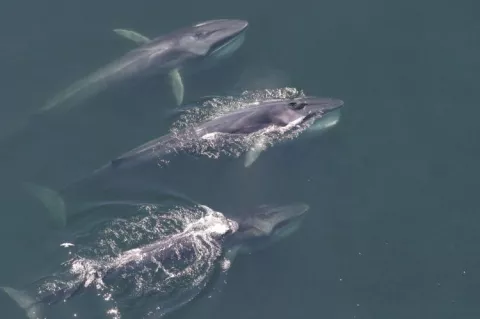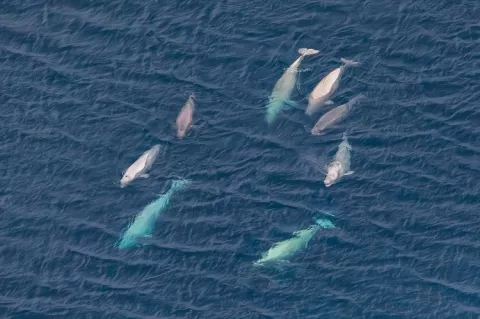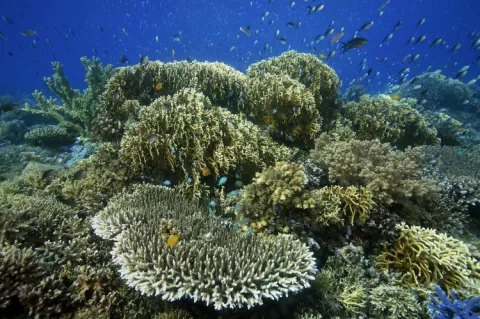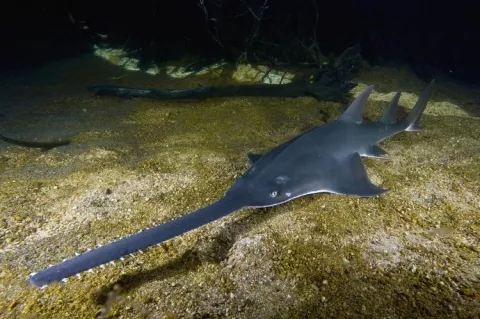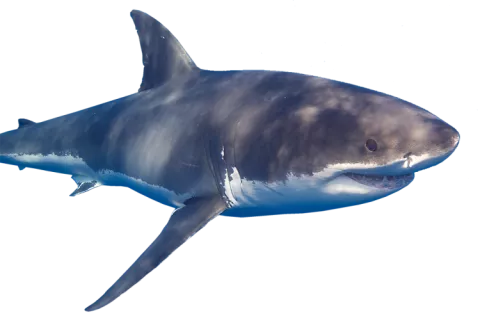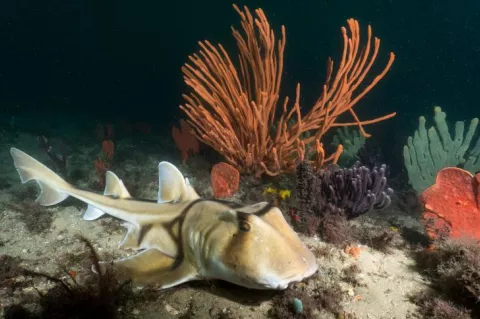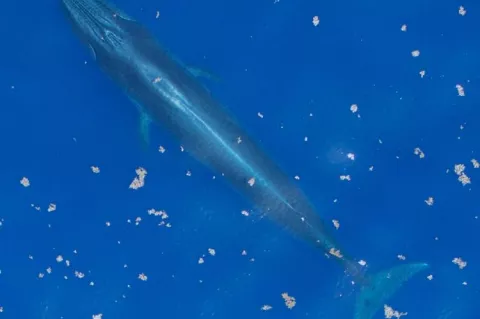Whales expand their distribution
Four of the six baleen whale species found in the western North Atlantic Ocean (humpback, sei, fin and blue) have changed their distribution patterns in the past decade.
Using 281 passive acoustic recorders moored to the sea floor from the Caribbean Sea to Greenland, researchers from the United States and Canada monitored the movements of the whales from 2004 to 2014. The findings of their study was published in the Global Change Biology journal.

